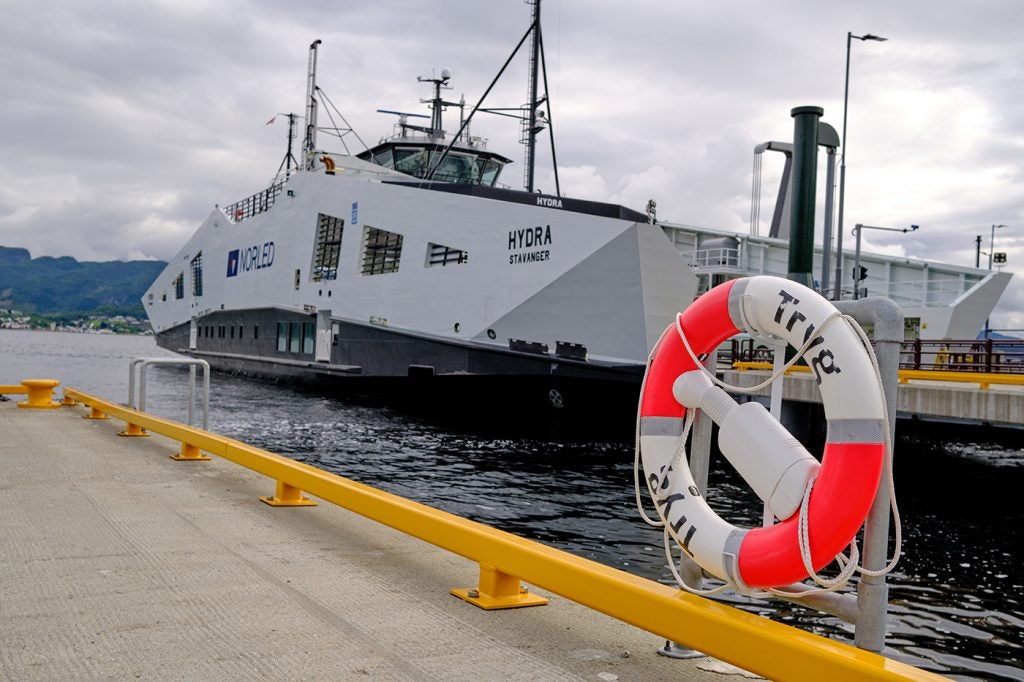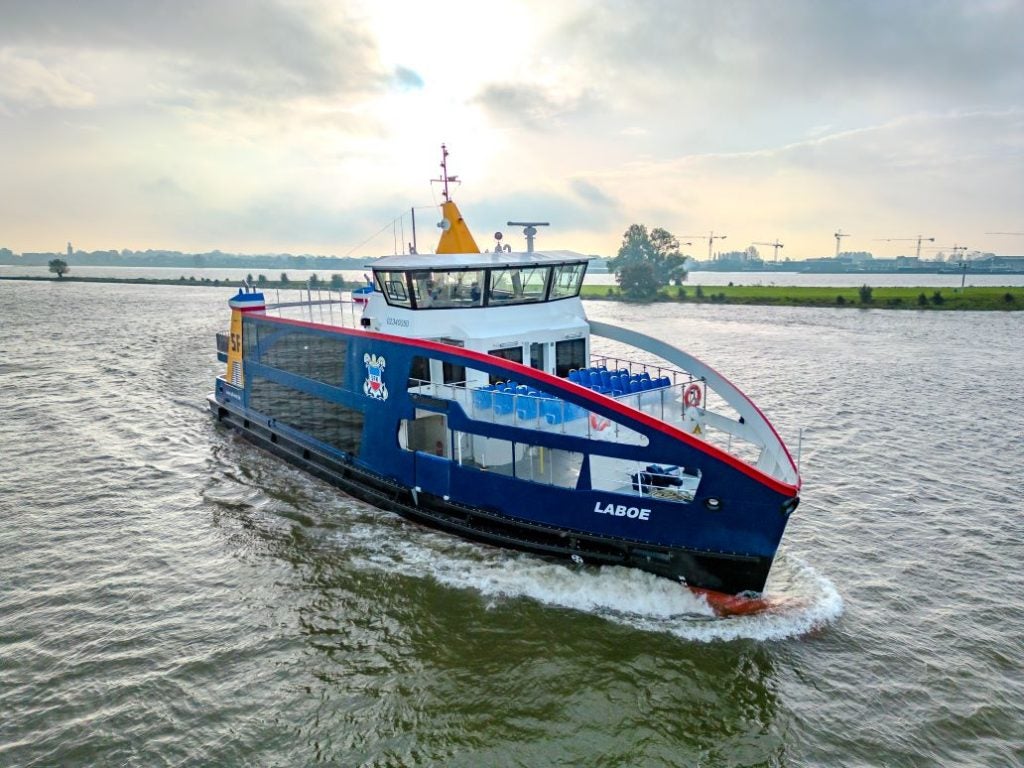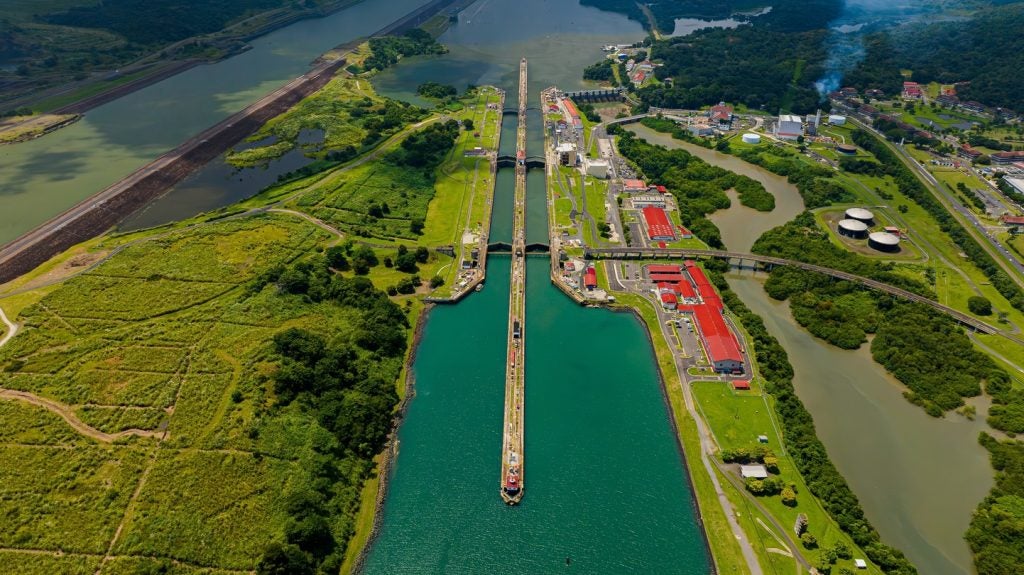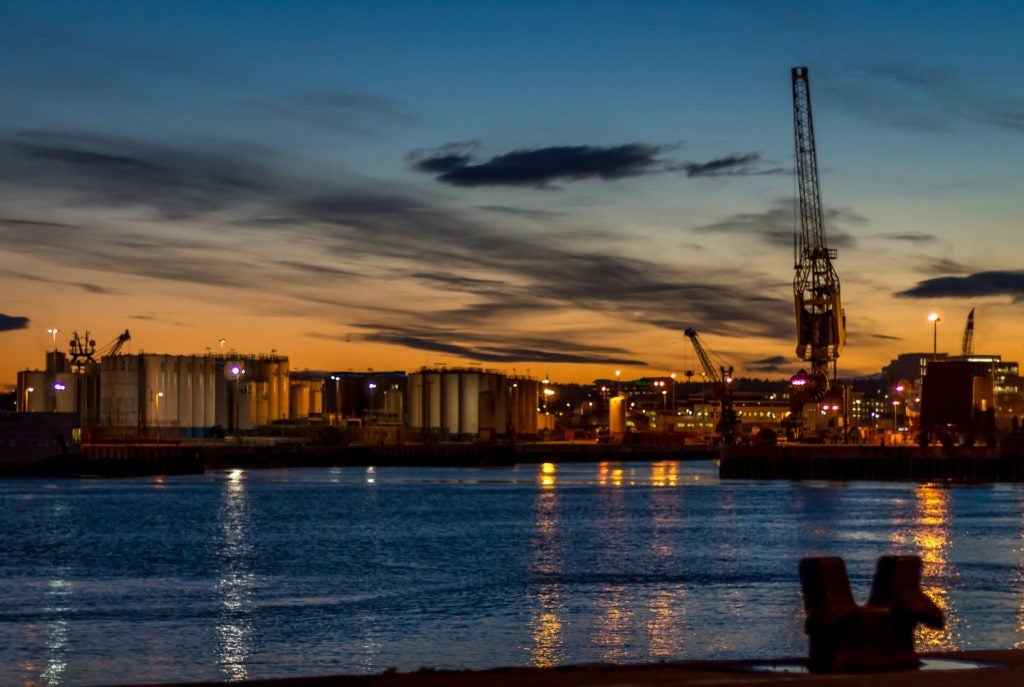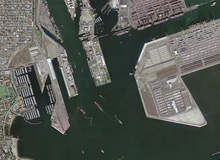
With the climate talks in Copenhagen ending on an unsatisfactory note, the IMO is under increasing pressure to address the shipping industry’s carbon emissions and Alternative Maritime Power (AMP) is looking an increasingly obvious solution. In fact, it is surprising to find the technology, which has been developed and pioneered by the Port of Los Angeles, has not been more readily adopted throughout the decade.
AMP technology works on the basic principle that AMP-equipped ships are able to ‘plug in’ to shoreside electrical power when berthed as opposed to running on their own diesel power. The concept had previously been utilised for naval vessels, Baltic ferries and cruise ships operating in Alaska, but on 21 June 2004 the Port of Los Angeles and China Shipping Container Line, which leases a high-volume container terminal at the port, introduced the world’s first container terminal to
use AMP.
One of the first shipping lines to take advantage of this landmark development was Nippon Yusen Kabishiki Kaisha (NYK). In April 2007, the Japan-based shipping company, one of the largest in the world, announced that it would deploy AMP on 38 ships of its container vessel fleet over the next two years at a cost of $22m. As well as placing an order for 20 ships to be delivered with AMP capability, NYK also set about retrofitting 17 ships with AMP technology during their scheduled inspections.
By November 2007, NYK and the Port of Los Angeles achieved the first successful implementation of a direct shoreside electric power connection to a berthed container vessel. The 6.6KV AMP NYK Atlas arrived at NYK’s Los Angeles-based Yusen Terminals and was able to connect to shoreside power a few hours after docking and remain so until its departure three days later.
NYK has not looked back and as of October 2009, it has equipped a further 27 vessels with AMP technology, including seven retrofits. Such eagerness for the scheme is in part spurred by NYK’s environmental policy which saw the company receive a best company award at this year’s Earth Environment Awards.
Yuji Otsuka, a representative from NYK’s Container Trade Management Group, is quick to point out how beneficial AMP technology has been to the company’s environmental campaign. “NYK decided to equip our container tonnage to receive power from shore because the environment is our top priority,” Otsuka says.
How well do you really know your competitors?
Access the most comprehensive Company Profiles on the market, powered by GlobalData. Save hours of research. Gain competitive edge.

Thank you!
Your download email will arrive shortly
Not ready to buy yet? Download a free sample
We are confident about the unique quality of our Company Profiles. However, we want you to make the most beneficial decision for your business, so we offer a free sample that you can download by submitting the below form
By GlobalData“AMP technology allows a vessel to shut down the onboard diesel power generators while at berth and connect directly to more environmentally friendly shoreside electrical power. Utilising shore power while at dockside significantly reduces and almost eliminates the vessel’s emission of gases which contain pollutants such as carbon dioxide, nitrogen oxide, sulphur oxide and particulate matter.”
Supporting the cause
In order for a port to support an AMP system, a shoreside power source and a conversion process to transform the voltage to match the vessel’s systems is required. In the case of the Port of Los Angeles, the city’s Department of Water and Power manages the electrical system and supplies the power. Depending on the size of the ship, some estimates believe that AMP technology can reduce nitrogen oxide there by one tonne and reduce sulphur oxide by half a
tonne for each day a vessel is berthed and plugged in.
Extensive work is required, however, from shipping lines in order to reap the benefits of AMP technology, particularly in terms of retrofitting existing ships with the system. “We needed to install additional equipment such as an AMP switchboard, connector and cables on each vessel,” Otsuka says.
“AMP installation work cannot be completed by ships crews alone. It requires the cooperation of an AMP equipment manufacturer, the power switchboard manufacturer and the shipyard. Before the AMP installation work begins for all vessels, we have many technical meetings with all parties.”
Yet, despite NYK’s efforts to introduce AMP technology on new and existing ships, the first and only port to support AMP technology on container vessels remains Los Angeles. Surely this undermines NYK’s focus on the technology and the progress of the concept as a whole? “We believe NYK is not in a position to answer to this question. At the moment, it is only Los Angeles that offers AMP compatibility but there are various other ways to tackle environmental issues and each region has their own policy. Shipping companies just need to adjust to each different one,” Otsuka says.



